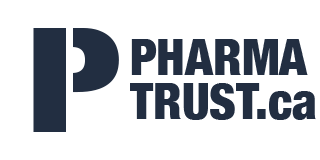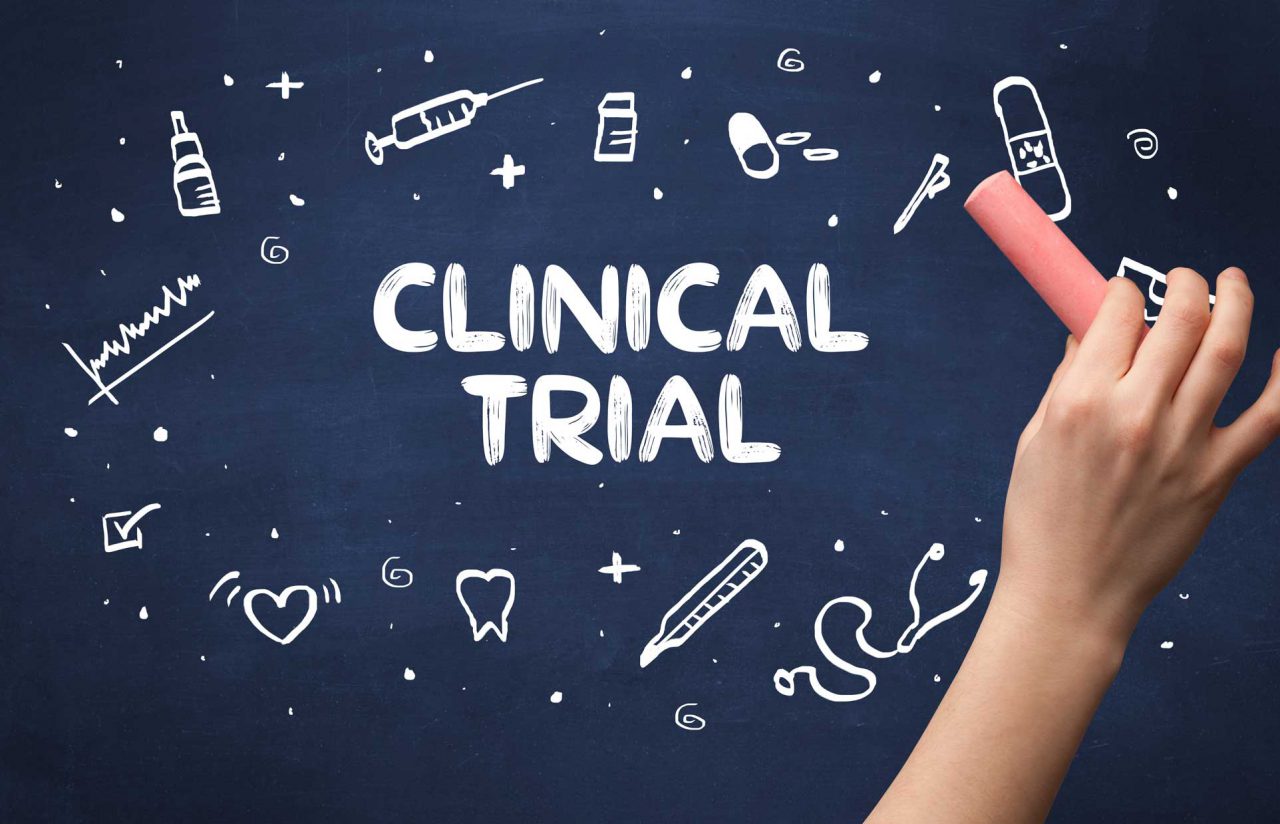Step 0: Go-no-go decision
Prior to spending millions on a clinical trial, you should evaluate if the project is viable and if you have the right resources to start and finish your trial. Trials can be costly, with costs ranging from $800,000 for phase I to more than $20 million for phase III. A go-no-go report is essential and could save you time and money. Included in a go-no-go report is extensive comprehension of the problem you are trying to solve, frequencies of the pathology you are trying to treat, comparison of the standard of care and possible advantages/disadvantages of your treatment, analytics of other similar trials and much more. This risk evaluation tool is truly important and should be reviewed for each phase of your trial.
Step 1: Choose the right CRO
Unless all your processes are in place and you are part of a big pharmaceutical that holds all the expertise in house, you will probably need to do business with a Contract Research Organization (CRO). The advantages of having a local CRO are numerous. Centralizing all your decisions in one place can be extremely beneficial. Your CRO can recommend vendors that have already been audited by them, saving you time and money. Your CRO probably already has multiple contacts with centers and has SOP’s (standardized operating protocols) in place. As your clinical trial grows, they have contact with multiple experts (Statisticians, Med Affairs, nurses, etc) that are sometimes difficult to contract. They already have all of the legal (and insurance) structures in place that you might overlook if you do it yourself. Local regulatory guidance (including the ICH E6 (R3) Guideline for Good Clinical Practice) is also an important service that the CRO will offer. You must not forget that you will need to audit your CRO too. Having an external training auditor can save you time.
Step 2: Connect with your local KOL.
Too many companies presume that their protocol is aligned with Canadian standards and don’t review their work with an expert prior to submission. We highly suggest finding a lead investigator that will review your protocol and will start building a network for your project. Getting to know the key opinion leaders (KOL’s) early on can be beneficial and save you time and resources. The standard of care is sometimes different in Canada compared to the USA. A Canadian registered physician specializing in your field can bring value to your protocol. Having 2 protocol versions (one for Health Canada and one for the FDA) is not unusual.
Step 3: Submit your protocol to Health Canada.
You will need to submit a special package to Health Canada and send it to the right department (often the Product Therapeutic Directorate). Health Canada has multiple guidelines for submitting the package and has a special format you will need to respect, which is different than the one you submitted to the FDA. Having a Canadian regulatory expert submitting your protocol is essential so that you do not get rejected.
Step 4: Establish recruiting hubs in Canada.
Recruiting the right center for your clinical trial is an essential part of the process. You must first concentrate on the most successful centers, as this will be the determining factor in spreading your recruitment. Your principal investigator and CRO will help you recruit the centers in Canada as they probably already have a relationship with the hospitals and clinics. Having a network is fundamental as the health care system in Canada is very different than in the USA. Money is often not as big an incentive in Canada as relationships. I highly suggest you speed up the recruitment process by having multiple sources look for centers (CRO, KOL, independent recruitment), as this can be a limiting factor.
Step 5: Plan your investigators’ meetings early.
Once all the centers are recruited, you will need to have a meeting. Planning it in advance is important. We suggest planning it at least 2 months in advance, since all the physicians are extremely busy. Since Covid can limit travel, you could opt for a virtual meeting. We highly suggest organizing this meeting with a third party with experience.
Step 6: Get your DSMB committee ready.
You probably have names and have contacted potential DSMB (Data Safety Monitoring Board) members. It is critical to have experienced members because safety is an important aspect of your studies.The best way to get names and recruit for the DSMB is to ask your investigators and get a consensus among them.
Step 7: Get continuous feedback from Health Canada.
Health Canada is committed to helping pharmaceutical companies complete their trials. If you have specific questions about your trial, you can always get in contact with the team at Health Canada that is responsible for your trial. Often, companies feel ashamed of asking the health authorities, but in my experience, it is best to get it right the first time and ask for guidance. If you have a lot of questions about your CMC (Chemistry Manufacturing and Controls) and your trial, then it is best to ask for a face-to-face meeting.


